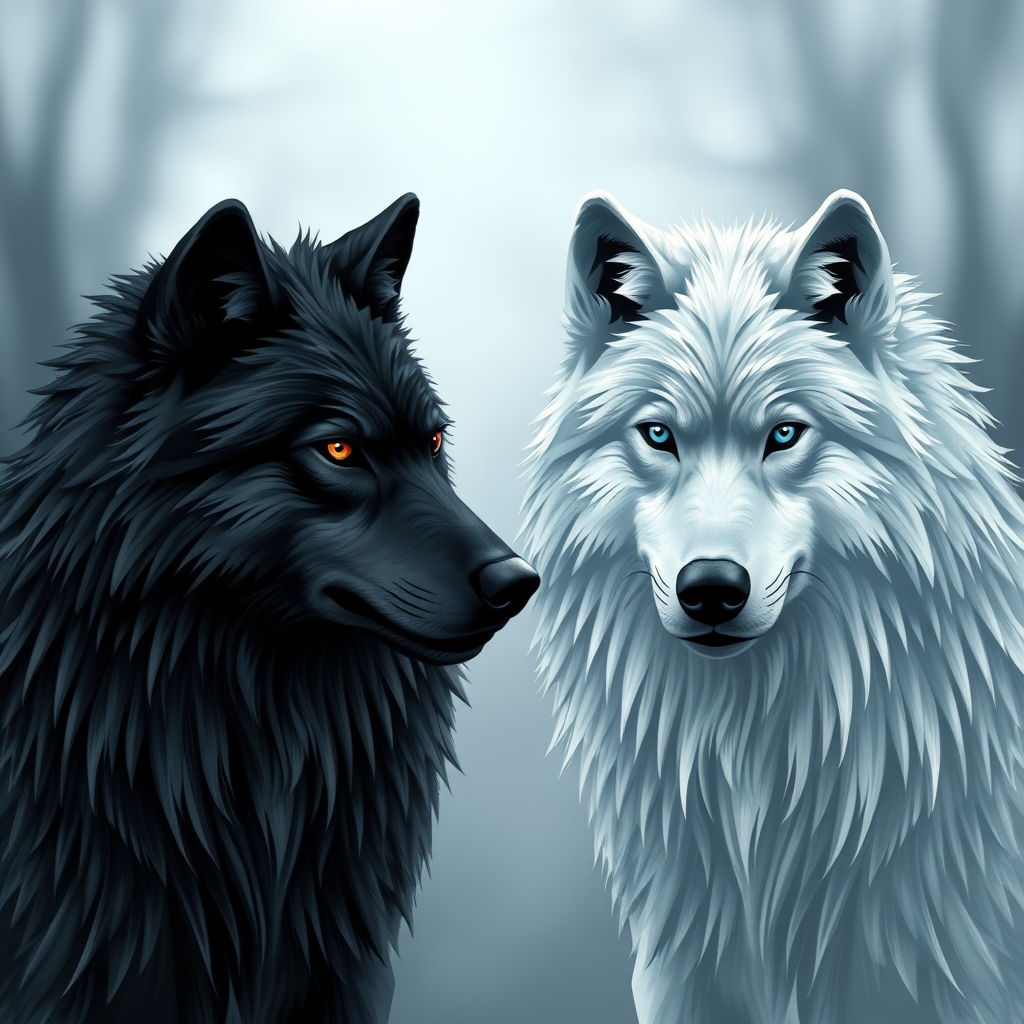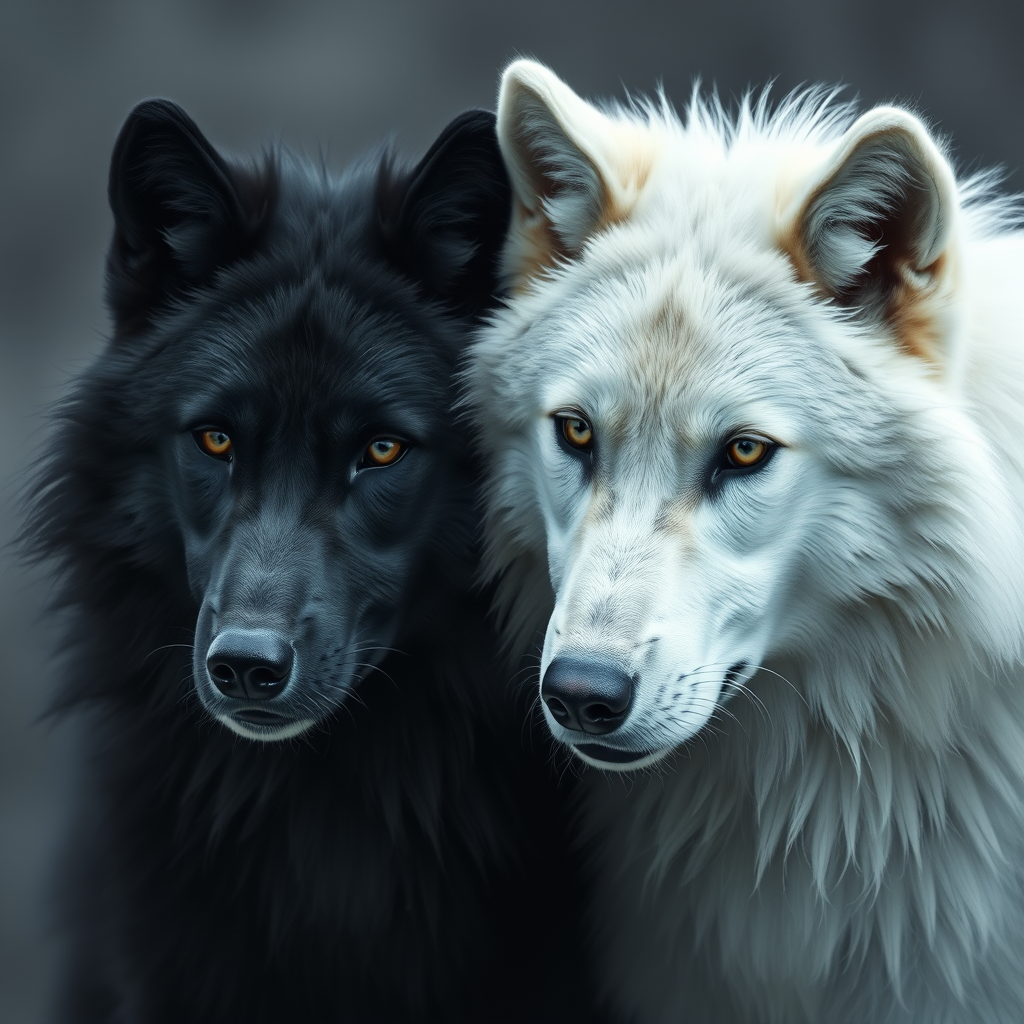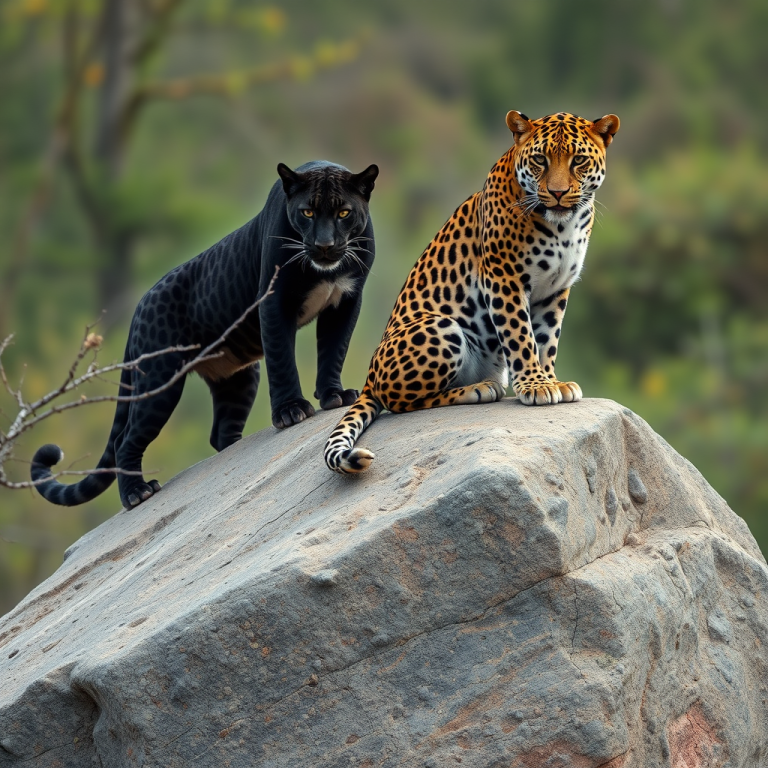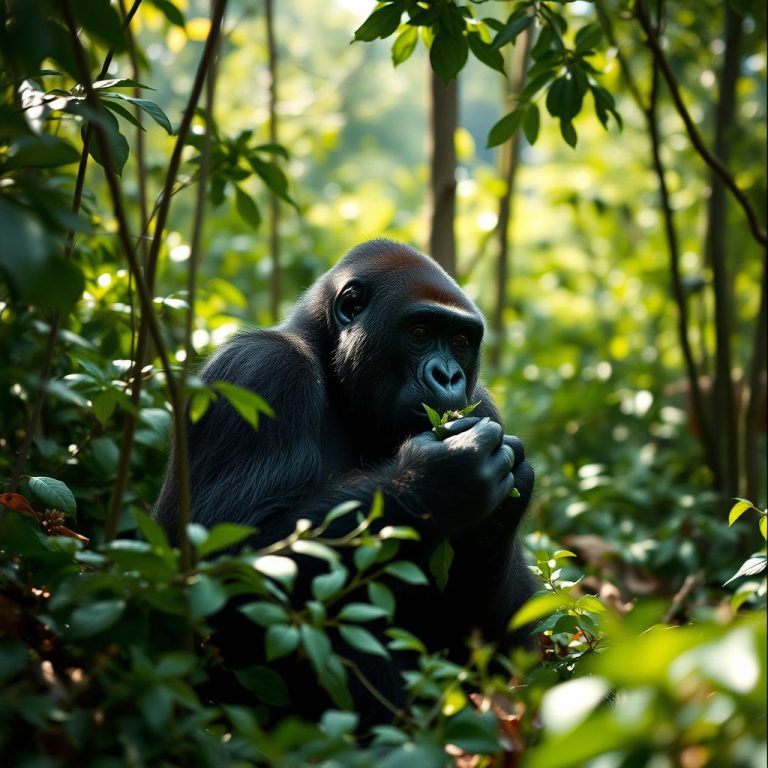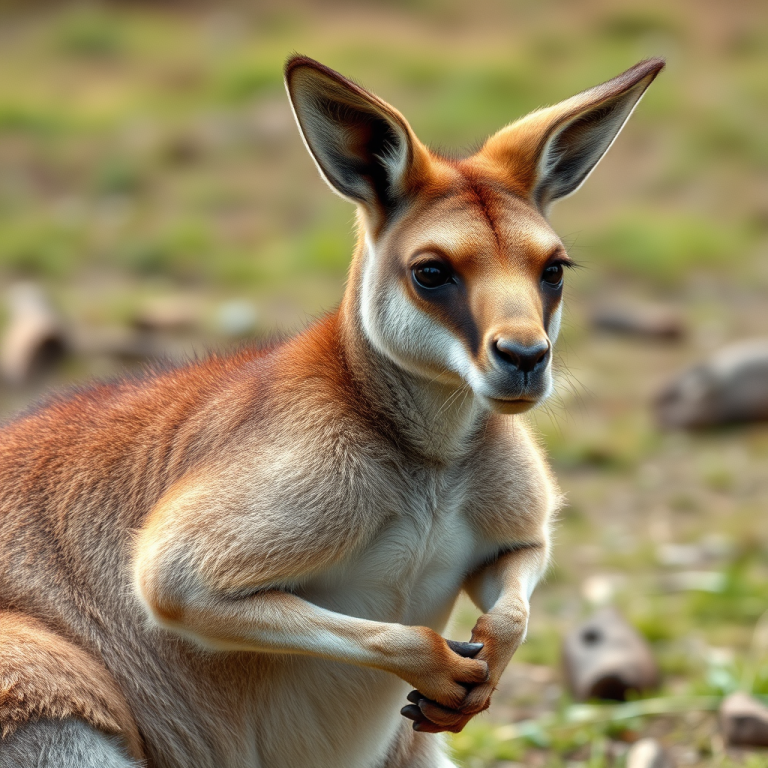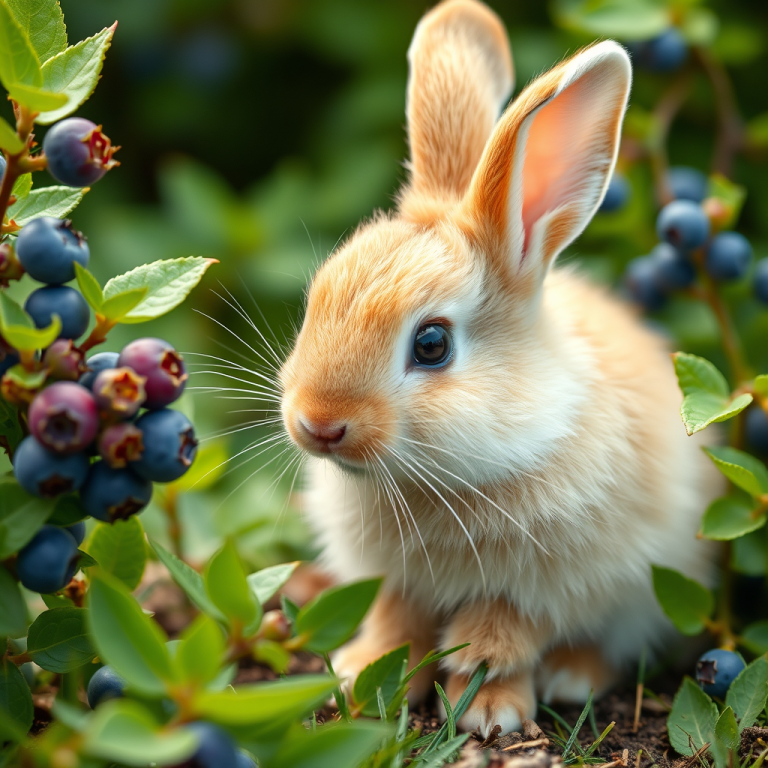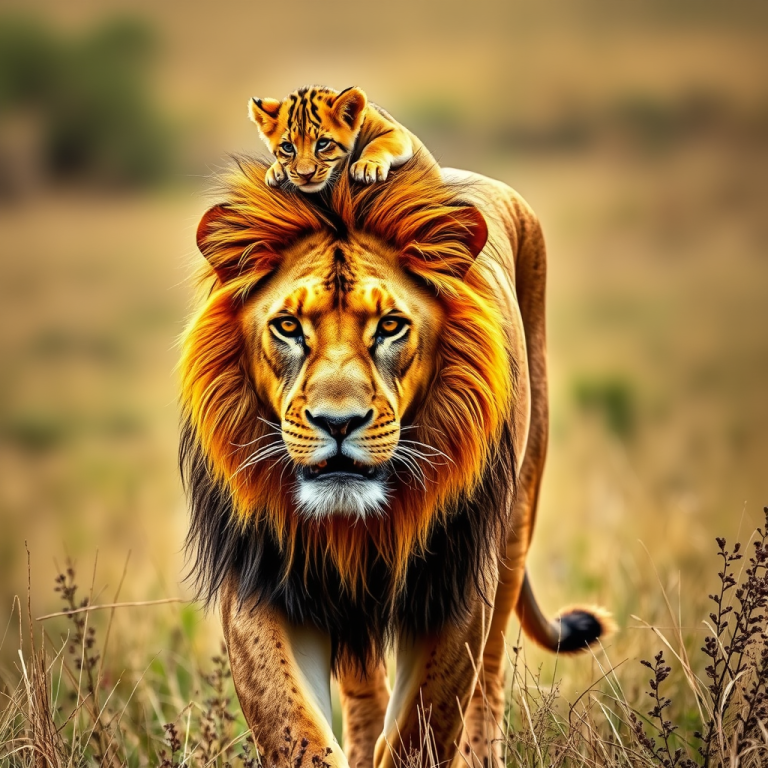Love in the Wild: The Way Wolves Mate
In the wild, wolves don’t just mate randomly—they form bonds. In most wolf packs, only the alpha male and alpha female breed. This isn’t just about dominance—it’s nature’s way of keeping the pack strong and organized. Once a pair mates, they usually stay together for life, forming a close partnership built on trust, teamwork, and instinct. This monogamous behavior sets wolves apart from many other wild species.
The Mating Season
Wolves typically mate once a year during the late winter months, between January and March. During this time, the alpha pair becomes more affectionate, often seen nuzzling, grooming, and spending extra time together. When the female goes into heat—usually for about five to seven days—mating occurs. Unlike domestic dogs, wolves don’t mate frequently or casually. Each mating season is a focused, purposeful time driven by survival, not just biology.
Raising the Pups
About 63 days after mating, the female gives birth to a litter of pups, usually in a hidden den. A litter can range from four to seven pups, though it varies. During this vulnerable time, the alpha female stays with the newborns while the rest of the pack—especially her mate—helps by hunting and guarding the area. This cooperative care is part of what makes wolf packs so successful. Every member, from siblings to aunts and uncles, contributes to raising the next generation.
Why Only One Pair Mates
In a wolf pack, allowing only the alpha pair to breed helps reduce competition and overcrowding. Resources in the wild are limited, and too many pups would mean not enough food or attention to go around. The rest of the pack respects this natural hierarchy—sometimes younger wolves will leave the pack when they’re old enough to find mates of their own and form new packs elsewhere.
Pack Life: Family Comes First
A wolf pack is more than just a hunting team—it’s a family. Each member has a role, from hunters to babysitters. They communicate through body language, howls, barks, and scent markings. Their howls can travel miles, used to signal territory, gather the pack, or just bond. The strong social structure of a wolf pack mirrors what we might call loyalty—wolves are deeply committed to their group.
The Alpha Myth: It’s Not About Aggression
While the term “alpha” is often associated with dominance and aggression, real wolf behavior tells a softer story. The alpha male and female are more like the responsible parents of the group than aggressive bosses. Their leadership is respected, not constantly challenged. Their calm confidence helps maintain order, and younger wolves often look to them for guidance and protection.
Wolves in the Ecosystem
Wolves play a vital role in their ecosystems. As apex predators, they help keep prey populations like deer and elk in check, which supports the health of forests and grasslands. When wolves were reintroduced to Yellowstone National Park, the ripple effect of their presence led to healthier plant life, more balanced prey numbers, and even the return of other species like beavers and birds.
Final Thought: A Wild Love Story
The way wolves mate, raise their young, and support each other is a wild but beautiful reminder of how nature thrives on connection. They’re not just fierce predators—they’re loyal mates, nurturing parents, and strategic leaders. Their lives are ruled by more than instinct; they’re shaped by partnership, rhythm, and respect.
If you’re curious about the wonders of wildlife, stick around—there’s a whole world to explore at Wonder of Wild.
